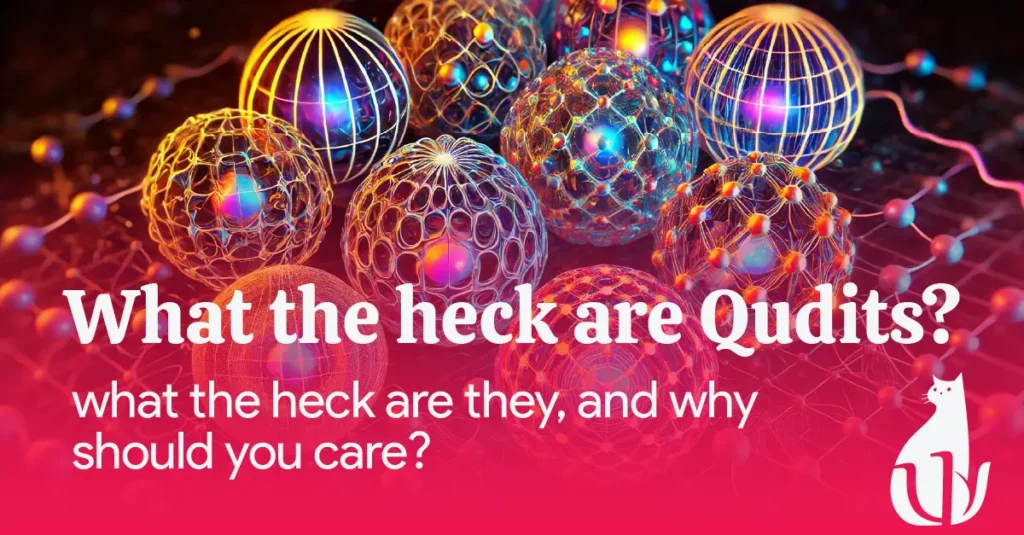


We are on the mission to accelerate the theoretics and technologies of
Integrated Quantum Photonics
Theory
and Simulation
Quantum
Characterization
QPU architecture
Development
Full-Stack
environment
Scaling
1000+ Qubit
Topological Q Computer
Innovating the Quantum Future
From Hardware to Software, We've Got It Covered.
Cutting-Edge Quantum Hardware
From scalable quantum chips to world-class laboratory products, our hardware solutions are setting new standards in quantum innovation.
.a01f9dff.png)
Stay Informed with Quantum Insights
Our quarterly newsletter demystifies quantum hardware and keeps you updated on the latest in quantum computing. Join a growing community of pioneers shaping the future of technology.

Stay Informed with Quantum Insights
Our software tools simplify quantum algorithm research and accelerate your breakthroughs. Explore a seamless environment designed to advance the next generation of quantum solutions.






Fault-tolerant
Quantum
Computing
Fault-tolerant
Quantum Computing

Quantum Hardware Demystified
Discover the latest insights and advancements from the world of quantum technology, delivered directly to you.

CV Quantum States – A great alternative to qubits – part(1)
With qubits being the standard for quantum computation everywhere, people often dont know that there...
Read More
What the heck are "Qudits"?
Quantum Computers operate on the fundamental concept of "qubits" (quantum bits), usually made of sub...
Read More
Squeezed Light for Biosensing Applications
Biosensing represents the bleeding edge of healthcare and environmental monitoring technology. The a...
Read Moreready to
Collaborate?
START HERE